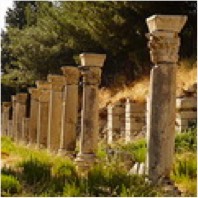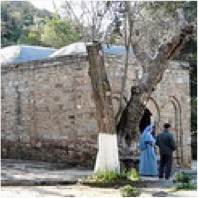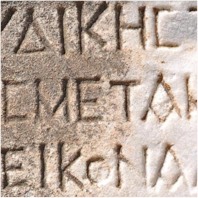Ancient City of Ephesus

Ephesus was an ancient city which is located on the west coast of Turkey. It was one of the twelve cities of the Ionian League during the Classical Greek era. In the Roman period, it was for many years the fourth largest city of the Roman Empire; ranking behind Rome, Alexandria and Antioch. Here was the capital of Roman Empire in Asia Minor. The city's importance as a commercial center declined as the harbour was slowly silted up by the Cayster River (Küçük Menderes). Ephesus had a population of more than 250,000 in the 1st century BC.
Today, it contains one of the largest collection of Roman ruins in the world. Ephesus’ main attraction is the fact that much remains intact and so little imagination is needed to see what the Roman city would have looked like. Archaeological site of Ephesus lies 3 kilometers southwest of the town of Selçuk, in the Selçuk district of İzmir Province, Turkey. Only 15% of its area was explored by archaeologists. The ruins that are visible give some idea of the city's original splendor, and the names associated with the ruins are evocative of its former life. The ruins of Ephesus are a favorite international and local tourist attraction, partly owing to their easy access from Adnan Menderes Airport and via the port of Kusadasi. In additionally, here is one of the great outdoor museums of the world.
The city was famed for the Temple of Artemis which was one of the Seven Wonders of the Ancient World. Ephesus is also a sacred site for Christians because of its association with several Biblical figures. Here was one of the seven churches of Asia Minor that are cited in the Book of Revelation. The Gospel of John may have been written here. Probably, John the Apostle brought Virgin Mary to here after Jesus was crucified and both of them were died here. Tomb of John the Apostle is here even today.
The history of archaeological research in Ephesus stretches back to 1863 when British architect John Wood, sponsored by the British Museum, began to search for the Artemis Temple. In 1869 he discovered the foundation of the temple, but since further expected discoveries were not made the excavations stopped in 1874. In 1895 German archaeologist Otto Benndorf resumed excavations which are made by Turkish and Austrian archaeologists today.
Ephesus Tours from Kusadasi Cruise Port
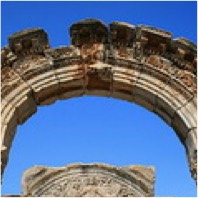
Ephesus + Temple of Artemis
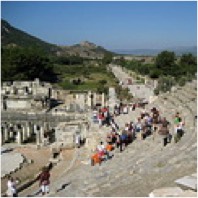
Ephesus + Temple of Artemis + Archeological Museum
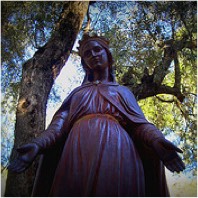
Ephesus + Temple of Artemis + House of Virgin Mary
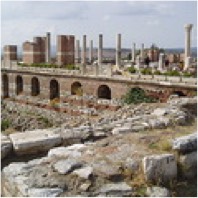
Best of Ephesus Tour

Ephesus + Artemis + House of Virgin Mary + Sirince Village
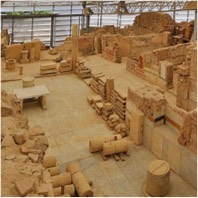
Ephesus + Temple of Artemis + Sirince + Terrace Houses
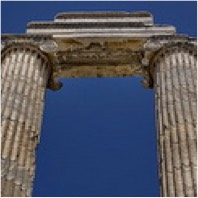
Ephesus + Miletus + Didyma



